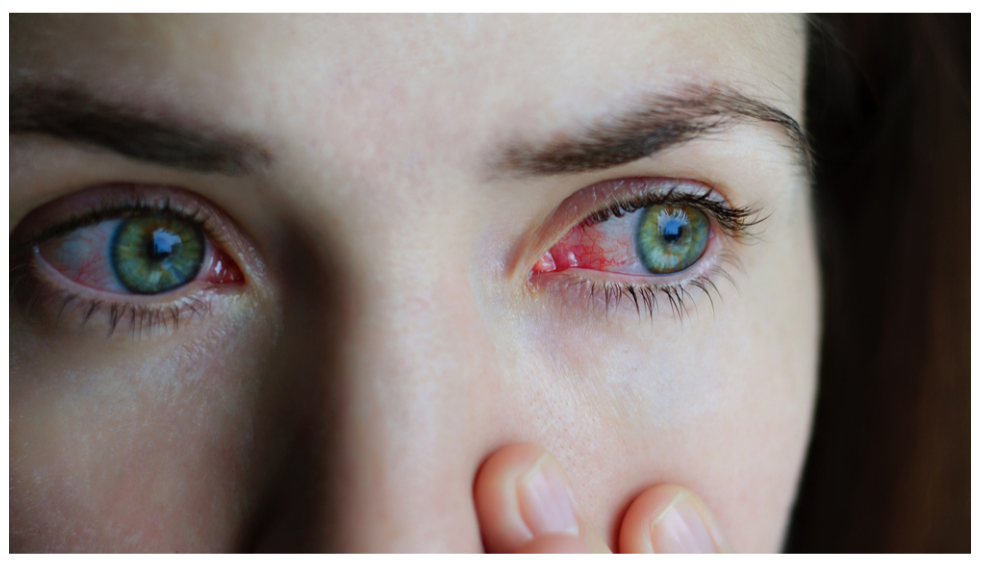Demystifying Medical Imaging: X-ray, Ultrasound, CT, and MRI Explained
In urgent care clinics, timely and accurate diagnoses are paramount, and the arsenal of imaging tools is vital. From X-rays to ultrasounds, CT scans to MRIs. Each modality offers unique insights into our inner workings.
Join us as we delve into the differences between these techniques, unraveling the science behind X-ray's penetrating rays, ultrasound's gentle sound waves, CT's cross-sectional clarity, and MRI's magnetic marvels. This way, when visiting an "urgent care near me," you'll know exactly what to expect with their radiological processes.
X-ray Imaging: Capturing Internal Structures
X-ray imaging is a cornerstone of medical diagnostics, providing a glimpse beneath the surface. Using high-energy electromagnetic waves, X-rays penetrate the body and create images highlighting bones, tissues, and even certain organs. This technology's historical significance in healthcare is profound, aiding in detecting fractures, infections, and structural abnormalities.
Commonly used in 24/7 urgent care settings, X-rays swiftly offer vital insights into injuries, guiding immediate treatment decisions. From spotting fractures to identifying dental issues, X-ray imaging is crucial in swiftly assessing internal structures, ensuring prompt care for patients in need.
Ultrasound Imaging: Sound Waves Unveiling the Inside
Ultrasound imaging harnesses the power of sound waves to peer inside the body, making it an invaluable diagnostic tool. Using harmless sound waves that bounce off tissues, ultrasoundcreates real-time images of organs, soft tissues, and blood flow. Renowned for its non-invasiveness, this technique is widely used for monitoring pregnancies and diagnosing conditions affecting organs like the heart, liver, and kidneys.
Urgent care clinics rely on ultrasound's versatility, providing rapid insights into injuries, infections, and other internal issues. Ultrasound imaging ensures timely and precise diagnoses by unveiling the body's inner workings through gentle sound waves, guiding swift medical interventions.
CT (Computed Tomography) Scan: Cross-sectional Clarity
CT scans, or Computed Tomography, revolutionize medical imaging with their cross-sectional clarity. Combining X-rays and advanced computer processing, CT scans produce detailed 3D images of the body's interior. This technology excels in capturing intricate structures, from bones to soft tissues, revealing even minute abnormalities.
Though not offered in all urgent care settings, CT scans provide rapid and precise diagnostics for injuries, infections, and internal conditions. Its ability to visualize various angles enhances medical understanding, aiding in treatment planning. With its unparalleled detail and efficiency, CT imaging ensures rapid and accurate assessments, supporting emergency services professionals in delivering prompt and effective care.
Magnetic Resonance Imaging (MRI) Insights
Magnetic Resonance Imaging (MRI) offers a non-invasive journey into the body's inner complexities. MRI utilizes magnetic fields and radio waves to capture detailed images of organs, tissues, and nerves. Unlike X-rays, MRI does not involve ionizing radiation, enhancing its safety. This technology excels in diagnosing intricate conditions like neurological disorders, joint problems, and soft tissue abnormalities.
Urgent care clinics leverage MRI's precision to assess injuries and internal ailments. By harnessing the power of magnets and radio waves, MRI provides unparalleled insights, guiding medical professionals in understanding intricate structures and delivering optimal patient care.
When to Choose Which Imaging Modality
Selecting the suitable imaging modality depends on the specific diagnostic needs. X-rays excel in bone assessments, while ultrasounds reveal soft tissue details, making them ideal for pregnancies. CT scans capture detailed cross-sectional images, which benefit trauma cases and internal evaluations. MRI's magnetic insights are vital for intricate soft tissue examinations, neurological issues, and joint problems.
Tailoring the choice to the clinical scenario ensures accurate diagnoses. Urgent care clinics judiciously determine the appropriate imaging method, aligning with the patient's condition, symptoms, and required precision. This individualized approach guarantees swift, accurate evaluations, empowering healthcare professionals to make informed treatment decisions.
Benefits, Limitations, and Preparations
Each imaging modality presents a unique set of benefits and limitations. While X-rays offer quick results and are cost-effective, they expose patients to radiation. However, ultrasounds are non-invasive and safe, yet their clarity might be limited for certain structures.
CT scans provide exceptional detail but involve radiation exposure and may not be suitable for pregnant individuals. MRIs excel in soft tissue visualization, but their longer scan times and requirement for patient cooperation can be challenging.
Further, patient preparation varies; some scans require fasting, contrast agents, or metal removal. Urgent care clinics ensure patient comfort while navigating these factors, optimizing the chosen modality for accurate diagnoses.
Role of Urgent Care Clinics in Imaging
Urgent care clinics are pivotal in providing on-site imaging services, enhancing diagnostic accuracy and efficiency. Equipped with advanced imaging technologies, these clinics offer immediate access to X-rays, ultrasounds, CT scans, and MRIs. The convenience of in-house imaging expedites diagnosis and treatment planning, minimizing patient wait times.
Experienced medical professionals oversee the imaging process, ensuring patient safety and comfort. Urgent care's integration of imaging services streamlines care delivery, enabling swift evaluations and guiding prompt medical interventions. This holistic approach underscores urgent care clinics as vital partners in healthcare, offering timely and accurate diagnostics in critical situations.
Visit an Urgent Care Office Near You
Understanding the differences between X-ray, ultrasound, CT, and MRI is essential for accurate diagnoses and effective treatment. Each modality brings a unique perspective, offering insights into various aspects of our health.
Urgent care clinics stand as pillars of swift and precise healthcare, equipped with a range of imaging tools to address urgent medical needs. Whether it's bone fractures, soft tissue assessments, or intricate neurological evaluations, our dedicated urgent care clinic is here to provide timely imaging services. Experience the difference in care – visit UrgiClinic Urgent Care for rapid and accurate diagnostics, ensuring your health remains a top priority.








If you believe you have a medical urgent situation, please call 911
Hours: Open 7 Days a Week, from 9 AM to 9 PM
LEGAL LINKS
Quick Links
Contact Us
Phone: (708) 788-5088
Fax: (708) 575-7177
Email: care@urgiclinic.com
Address: 7124 W 83rd St Unit C, Bridgeview, IL 60455
All Rights Reserved | UrgiClinic Urgent Care





